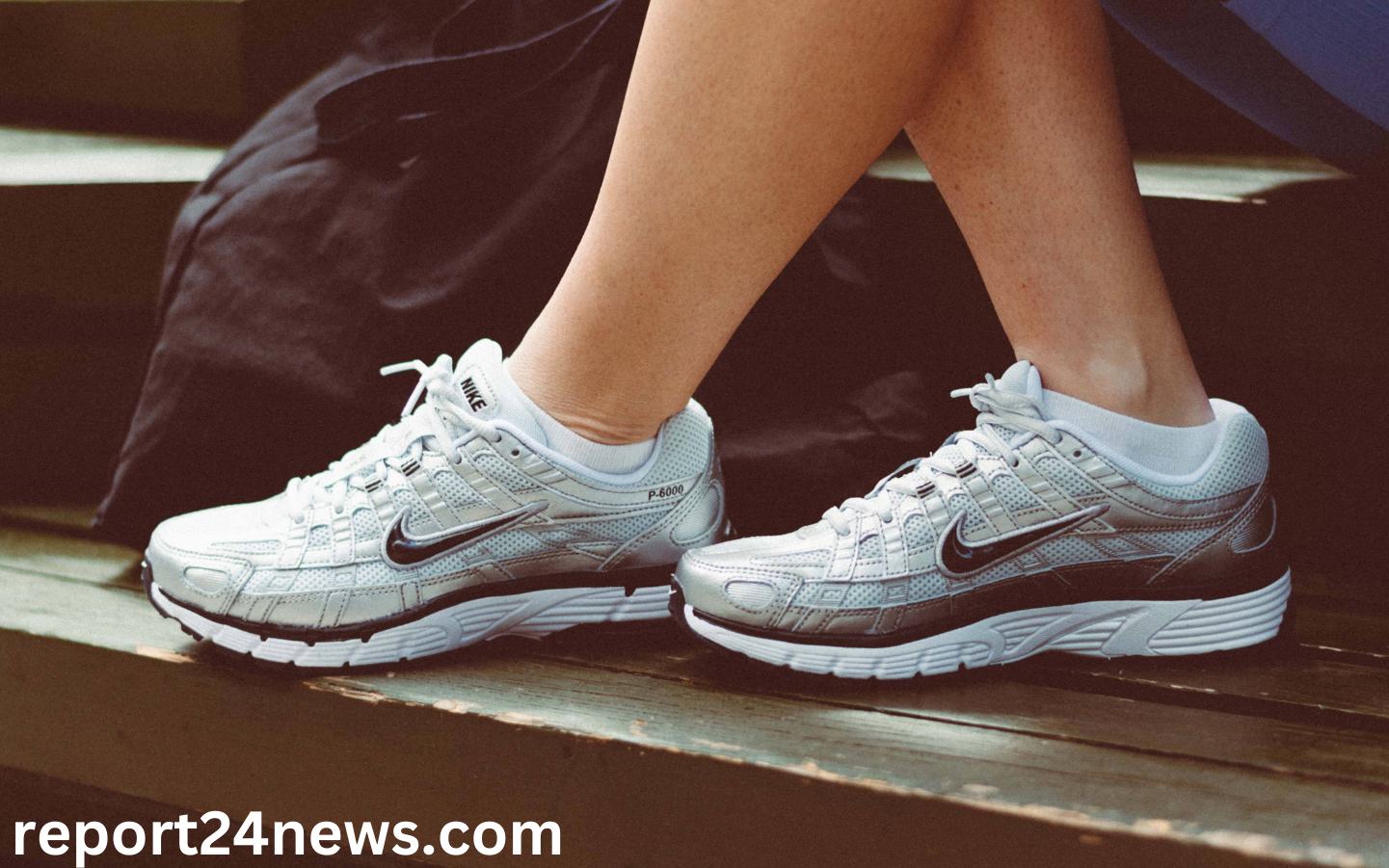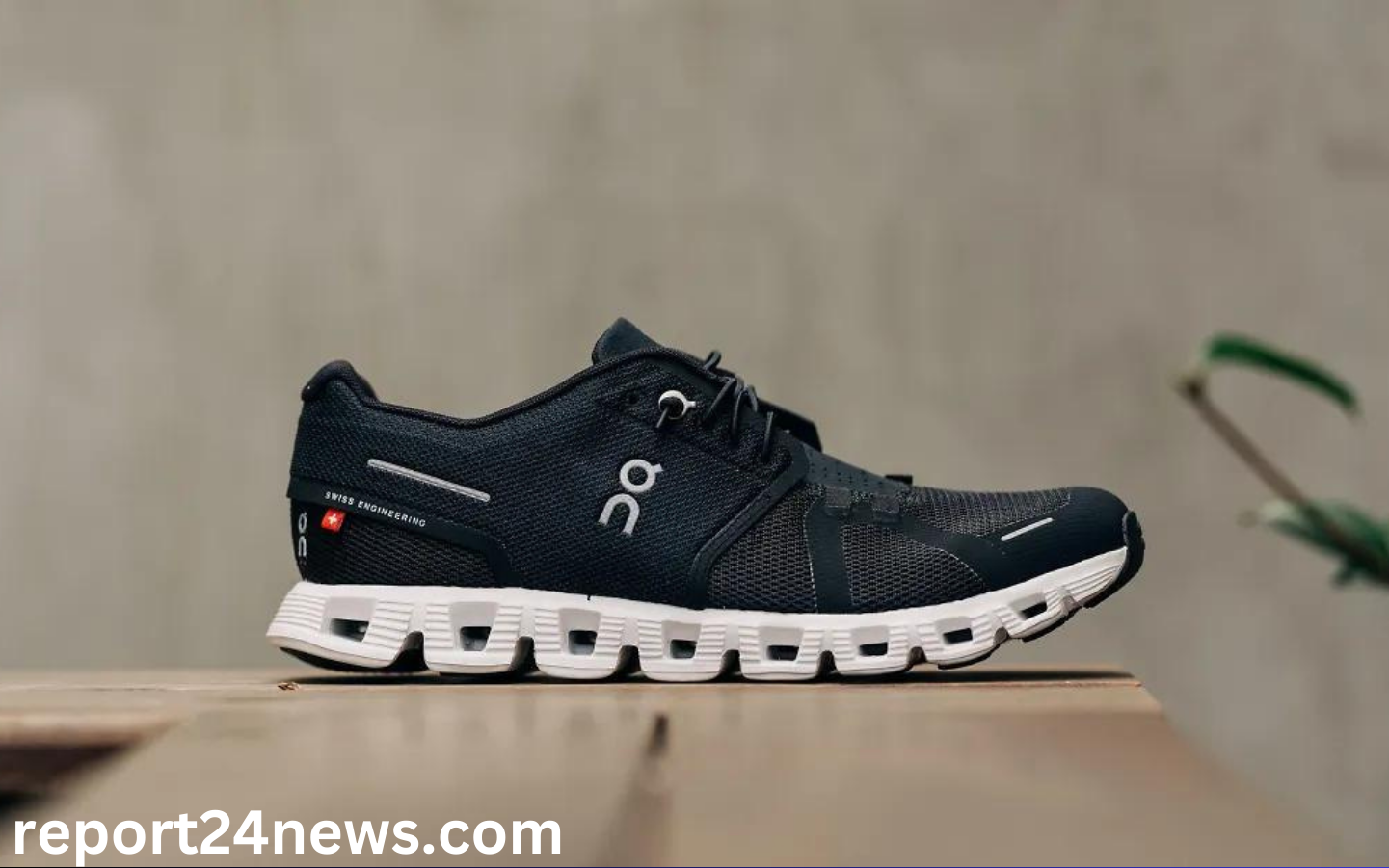Introduction to Boohoo and its History
Boohoo has taken the fashion world by storm, redefining what affordable style means in today’s digital age. Founded in 2006, this UK-based online retailer quickly captured the hearts of trendsetters everywhere with its vibrant collections and budget-friendly prices. As social media platforms became essential for brand visibility, Boohoo harnessed their power to create a strong presence that resonates with young consumers.
But it’s not just about chic clothing at low prices; Boohoo represents a larger shift in how we shop and engage with fashion. The rise of fast fashion has transformed shopping habits globally, making trendy pieces more accessible than ever before. Join us as we delve into Boohoo’s journey, exploring its business model, controversies over labor practices, sustainability efforts, and competitors in this evolving landscape—because understanding boohoo is key to grasping the future of affordable fashion.
Read more M and S Uncovered: The Secrets Behind Their Success in the Fashion Industry
The Impact of Social Media on the Fashion Industry
Social media has transformed how fashion brands connect with consumers. Platforms like Instagram and TikTok are now the runway for trends, allowing fashionistas to showcase their styles instantly.
Boohoo capitalizes on this shift expertly. By leveraging influencers and user-generated content, they create a sense of community around their brand. This engagement fosters loyalty among shoppers who feel like part of a larger movement rather than just customers.
Fast fashion thrives in this environment, where speed matters more than ever. The ability to analyze consumer preferences in real-time allows Boohoo to produce collections that resonate immediately with its audience.
Furthermore, social media democratizes fashion. It empowers individuals to become trendsetters without waiting for high-profile designers or magazines to dictate style norms. The result is an eclectic mix of influences that continuously reshape the industry landscape.
Boohoo’s Business Model and Success
Boohoo’s business model is a game changer in the fashion industry. It thrives on fast fashion, quickly turning runway trends into affordable pieces available at your fingertips.
The brand excels with its direct-to-consumer approach. By selling online, Boohoo cuts out middlemen and keeps prices low, appealing to budget-conscious shoppers.
Their extensive social media presence amplifies this success. Influencer partnerships and user-generated content foster a community feel while driving sales. Customers love sharing their Boohoo finds on platforms like Instagram and TikTok.
Additionally, constant inventory turnover ensures that shoppers always find something new. This strategy not only creates urgency but also encourages repeat visits to the site.
With a focus on inclusivity, Boohoo offers sizes for all body types, making it accessible to a broader audience than many competitors in the market.
Controversies surrounding Boohoo’s Labor Practices
Boohoo has faced significant scrutiny over its labor practices in recent years. Reports have surfaced alleging poor working conditions in factories that produce its clothing. The accusations involve low wages, long hours, and inadequate safety measures.
Workers in some UK-based facilities claimed they were paid below the minimum wage. This revelation sparked outrage among consumers and activists alike. Many began to question the ethics behind fast fashion.
In response to these allegations, Boohoo stated they are committed to improving transparency within their supply chain. They have implemented audits and pledged to raise standards for worker welfare.
Despite these efforts, skepticism lingers around whether substantial change will occur. The brand’s rapid growth model raises concerns about sustainability not just for the environment but also for workers’ rights across all levels of production.
Sustainability Efforts by Boohoo
Boohoo has faced scrutiny over its environmental impact, prompting the brand to take action. Recently, they announced initiatives aimed at enhancing sustainability in their operations.
One of their key efforts includes a commitment to using more sustainable fabrics. The company is shifting towards materials that are less harmful to the planet and exploring recycled textiles.
Additionally, Boohoo launched an eco-friendly clothing line. This collection features stylish pieces created with environmentally conscious practices in mind.
The brand also emphasizes transparency by sharing information about its supply chain and ethical sourcing methods. They understand that consumers value knowing where their clothes come from and how they’re made.
While criticisms remain, Boohoo is clearly making strides toward a greener future. Their efforts reflect an acknowledgment of the urgent need for change within the fashion industry.
Competitors in the Affordable Fashion Market
The affordable fashion market is bustling with competition. Brands like PrettyLittleThing and ASOS have carved out their own niches, appealing to the same demographic as Boohoo. These companies offer trendy styles at wallet-friendly prices, making them tough contenders.
Zara has also entered the fray, combining fast fashion with a slightly higher price point but delivering on quality and design. Their ability to quickly adapt runway trends gives them an edge that resonates with style-savvy shoppers.
Shein is another fierce rival, known for its vast product range and aggressive pricing strategy. The brand’s rapid growth has disrupted traditional retail models and captured attention worldwide.
Each of these competitors brings unique strengths to the table. This makes the landscape dynamic and ever-changing, pushing Boohoo to innovate continually in order to maintain its standing in this fast-paced industry.
Future of Boohoo and Affordable Fashion
The future of Boohoo looks promising as the demand for affordable fashion continues to rise. Shifting consumer preferences towards quick, trendy purchases align perfectly with its business model.
Boohoo is likely to leverage technology even more. Enhanced data analytics can help predict trends and tailor offerings for specific audiences. Personalized shopping experiences may soon become standard.
Sustainability will play a crucial role too. As awareness grows, Boohoo might need to balance affordability with eco-friendly practices. Adopting sustainable materials could attract conscious consumers while maintaining competitive pricing.
Moreover, collaborations with influencers and celebrities are expected to increase brand visibility. These partnerships create buzz around new collections and drive traffic online.
As competition intensifies in the affordable fashion sector, innovation remains key. Whether through improved customer service or cutting-edge designs, staying ahead will be vital for Boohoo’s ongoing success in this ever-evolving landscape.
Conclusion
Boohoo has undoubtedly transformed the landscape of affordable fashion. Its rise within the digital age showcases how a brand can leverage technology and social media to reach consumers directly, cutting out middlemen and reducing costs. However, with rapid growth comes scrutiny. The controversies surrounding Boohoo’s labor practices have sparked important discussions about ethics in fast fashion.
As sustainability becomes increasingly vital to consumers, Boohoo’s efforts will be crucial in shaping its future trajectory. Competing against other budget-friendly brands means staying relevant while addressing these pressing issues.
Looking ahead, Boohoo must navigate challenges related to ethical production and environmental impact while capitalizing on its strong online presence. The brand stands at a crossroads where it can redefine what affordable fashion looks like for generations to come, blending style with responsibility as it continues to grow in an ever-evolving market.




